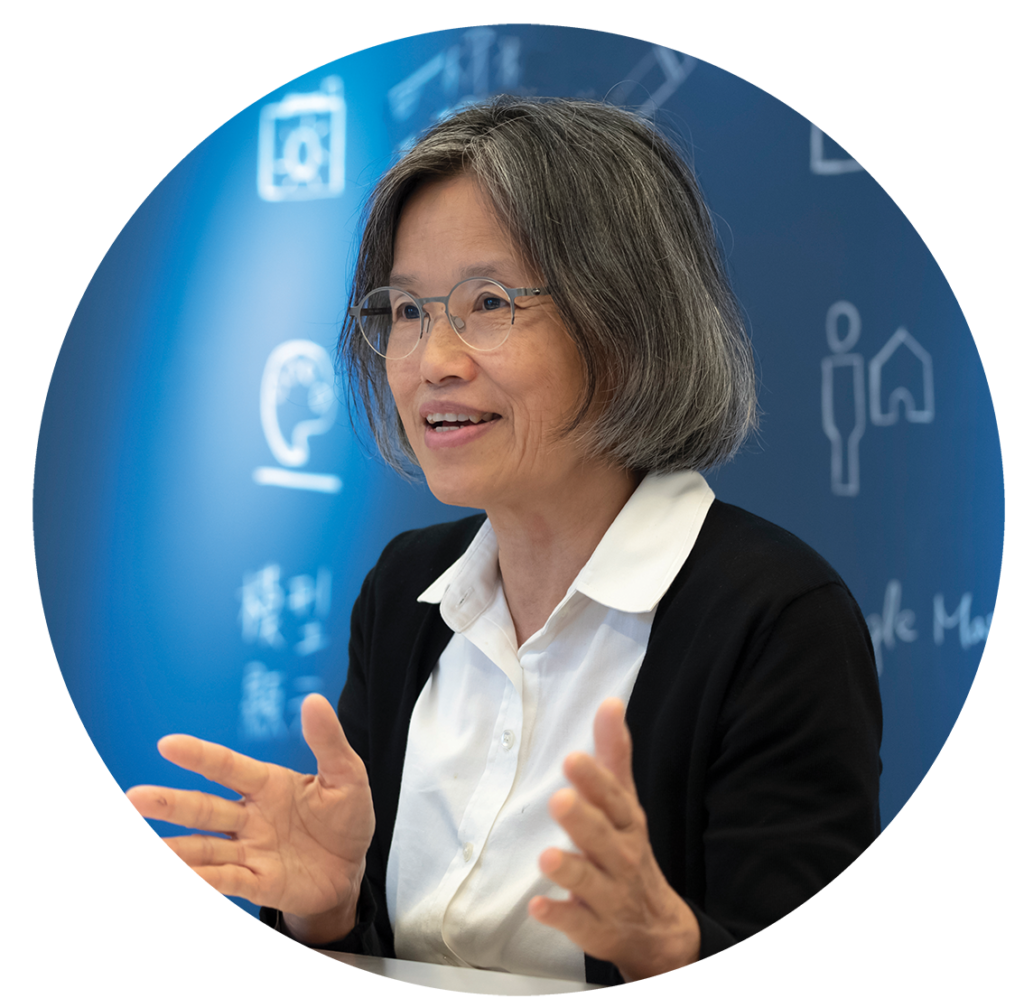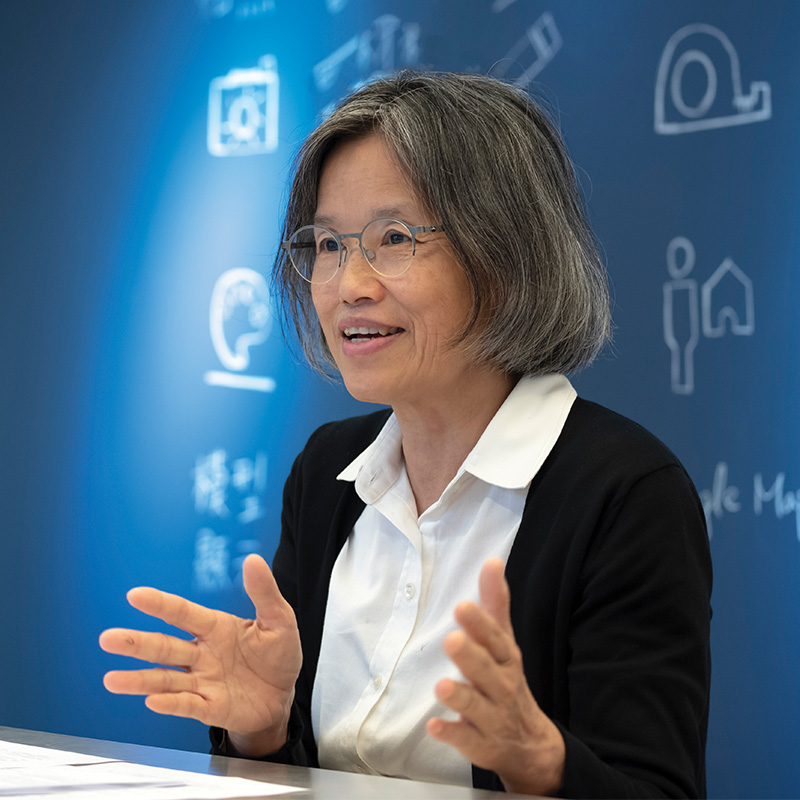Ching-Hwa Chang
July 7, 2021

Ching-Hwa Chang is the founding partner and principal architect at Bio-architecture Formosana, one of the leading sustainable architecture practices in Taiwan. In addition to designing award-winning projects across Taiwan, she received the Taiwan Architecture Award in 2007 and 2009, with an honourable mention in 2014. For many years, she has inspired the next generation of architecture students as a professor at the National Cheng Kung University and the National Taiwan University of Science and Technology.
Bio-architecture Formosana (BaF) is one of the leading sustainable design practices in Taiwan. What led you to this field? Did you always aspire to be a sustainability leader?
CHC: When I studied for my Master’s at UPenn in the United States, it was just after the 1979 energy crisis, and they had a class on passive building design. It was really interesting to me, and at the time it was a big issue for design to deal with. When we started the company, we were designing this way without using the terminology of ‘Green building’. One of our projects was the Bei-Tou Library, a small community library we designed for the government. At the time, Taiwan was starting to promote their Green building guide called EEWH, similar to LEED in the USA, and they asked us to try it for the library. We were awarded the first Diamond rating in Taiwan. We thought it would be interesting to pursue this, to approach design through Green design thinking. So, we did it piece by piece, and started to allocate some of our project budgets to integrate features like green roofs, solar panels and wood construction.
RELATED PROJECTS: Taiwan National Library Southern Branch & National Repository Library and QurE Quarantine Units for Emergency
I encourage women to stay in this profession because they have the patience and persistence to finish a building, and if you do, it is very rewarding.
There is a lot of data showing that while women outnumber men in architecture schools and in the early years of the profession, their numbers dwindle after the first five to 10 years as they shift to other industries, or leave larger companies to start their own practices. As both a teacher and the leader of a company, is this a trend you have observed? If so, how do you feel it should be addressed?
CHC: The most outstanding students in my class are always female. They are very passionate; they work hard and make a lot of effort. I don’t think they leave the architecture profession; I think they switch to other professions. There are too many choices—too many other professions attract them. Buildings are dull because it takes at least six years to see a building built. If you do a product like a car or furniture, it can be done in a couple of months. I do think the architecture profession needs women, though. I encourage women to stay in this profession because they have the patience and persistence to finish a building, and if you do, it is very rewarding.
RELATED PROJECTS: TaiSugar Circular Village & Fengtay Agriculture R&D Center
To read the complete article, get your hardcopy at our online shop/newsstands/major bookstores; subscribe to FuturArc or download the FuturArc App to read the issues!
Previously Published FuturArc Interview
Contact us at https://www.futurarc.com/contact-us for older interviews.


